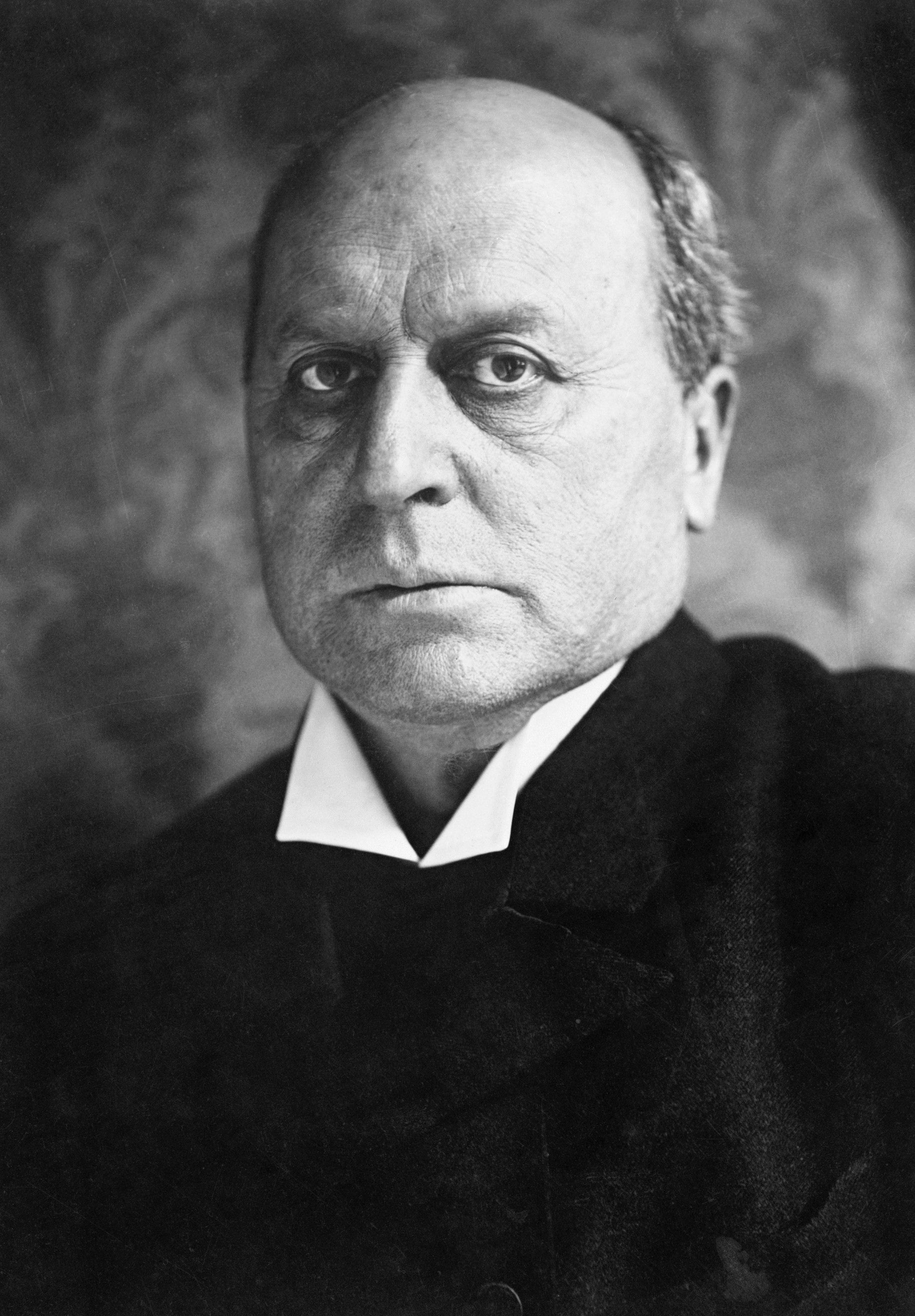James, Henry (1843-1916), was one of America’s greatest writers. In his short stories and novels, he created characters of great psychological complexity. His prose style changed over the course of his 50-year writing career. At first, James’s style was straightforward and realistic, and he often sharply satirized manners and morals. Later, his style became complicated, and his basic realism became deepened by a rich, almost poetic symbolism. James also wrote literary criticism. His reviews, essays, and prefaces have established him as one of the most important theorists of fiction.

His life.
James was born in New York City on April 15, 1843, into a wealthy and intellectually prominent family. His father was a religious philosopher and a friend of leading thinkers of the 1800’s. His older brother, William, became a great philosopher and psychologist. James’s father gave his five children an unusual education, which included long visits in Europe.
James never married. In the tale “The Lesson of the Master” (1888), he suggested that to be an artist, a person should be free of the obligations of family life. James devoted himself to his art, writing every day, but he still enjoyed a wide circle of social and literary friendships. James left America in his early 30’s. He felt that the older and more socially complicated societies of Europe would offer him richer material for his fiction. In Paris, he befriended the most advanced European writers, including Gustave Flaubert, Ivan Turgenev, and Émile Zola. In 1876, James settled in England. He became a British subject in 1915 to show his support for the United Kingdom during World War I. He died on Feb. 28, 1916.
His works.
James’s huge literary output includes 112 tales, 20 novels, 2 volumes of autobiography and part of a third, travel essays and books, nearly 3,000 pages of literary criticism, and 16 plays. James had only a few big successes with the reading public. His most popular works were the short novels Daisy Miller (1878) and The Turn of the Screw (1898). But critics almost always praised his work, except for his plays. James became a mentor to younger writers who considered themselves James’s students and James himself “the Master.”
James’s career can be divided into six stages. The first, from 1864 to 1874, was an apprenticeship in which he concentrated on writing short stories and criticism. His second phase began with Roderick Hudson (1875), his first important novel. This novel followed the pattern of much of his later fiction. In those works, an innocent, sensitive, intelligent person (usually an American) sets out on a quest for experience. The person usually travels to Europe, discovering the contrast in manners and morals between the older world of Europe and the new world of America. Chief novels of this phase are The American (1877), The Europeans (1878), Washington Square (1880), and The Portrait of a Lady (1880-1881).
During James’s third stage, from 1882 to 1889, he wrote many short stories and short novels. He also wrote three long novels about politics and art: The Bostonians (1886), The Princess Casamassima (1886), and The Tragic Muse (1890). James’s fourth stage, from 1889 to 1895, is marked by his unsuccessful attempts to become a popular playwright.
During his fifth phase, James concentrated on fiction. He entered an experimental period that lasted until 1900, writing a group of novels in which he tried different methods of controlling point of view. For example, in What Maisie Knew (1897), an “adult” story about divorce is told from the point of view of a little girl.
James’s sixth phase—often called his “major phase”—covers the rest of his life. He wrote his three greatest novels, The Wings of the Dove (1902), The Ambassadors (1903), and The Golden Bowl (1904), in this period. He also produced the travel book The American Scene (1907) and three volumes of autobiography: A Small Boy and Others (1913), Notes of a Son and Brother (1914), and The Middle Years (1917). His critical prefaces to a collected edition of his works were published after his death in The Art of the Novel (1934). The five-volume Henry James: A Life (1953-1972) by American scholar and biographer Leon Edel is a standard biography of the writer.
